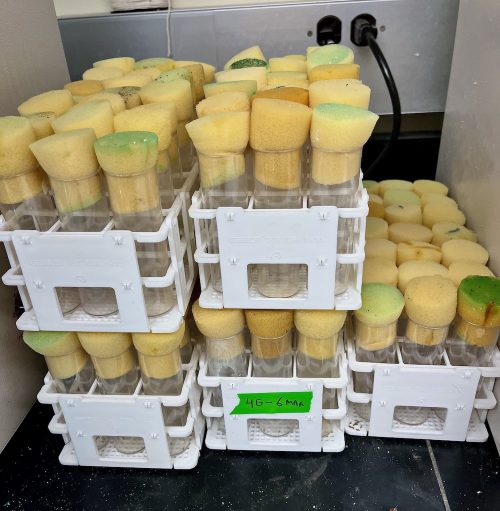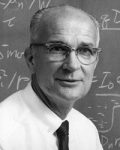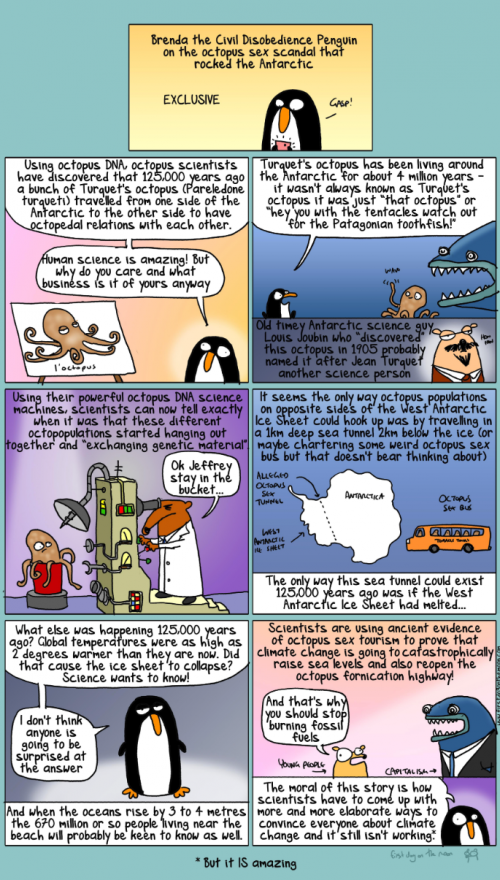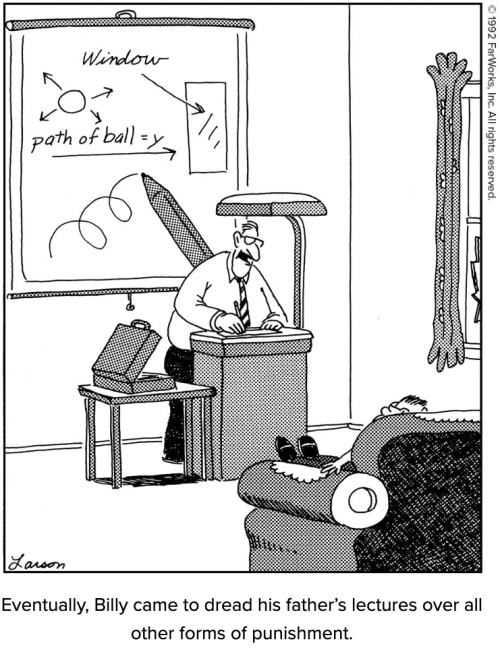One of the more damning testimonies from Ken Ham occurred in his debate with Bill Nye, in which he declared that no evidence could ever change his mind (so why bother debating him, I would ask?). Now AiG has turned that sentiment into a poster-sized meme that only shows that they’re not scientists.
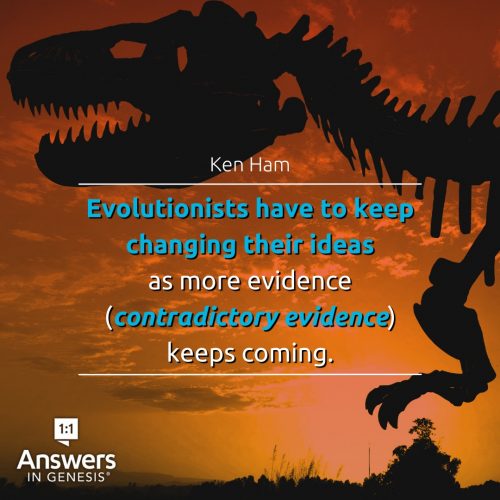
Ken Ham:
Evolutionists have to changing their ideas as more evidence (contradictory evidence) keeps coming.
Isn’t that the whole point of science? You keep gathering empirical evidence and adjust your interpretations as you go, in order to keep your hypotheses and theories in alignment with the real world. It’s how science hones itself and gets better and more accurate.
Poor creationists. They have to close their eyes and ignore all the evidence that contradicts their perspective.
(via Dan Phelps, because the AiG web site makes me nauseous.)



